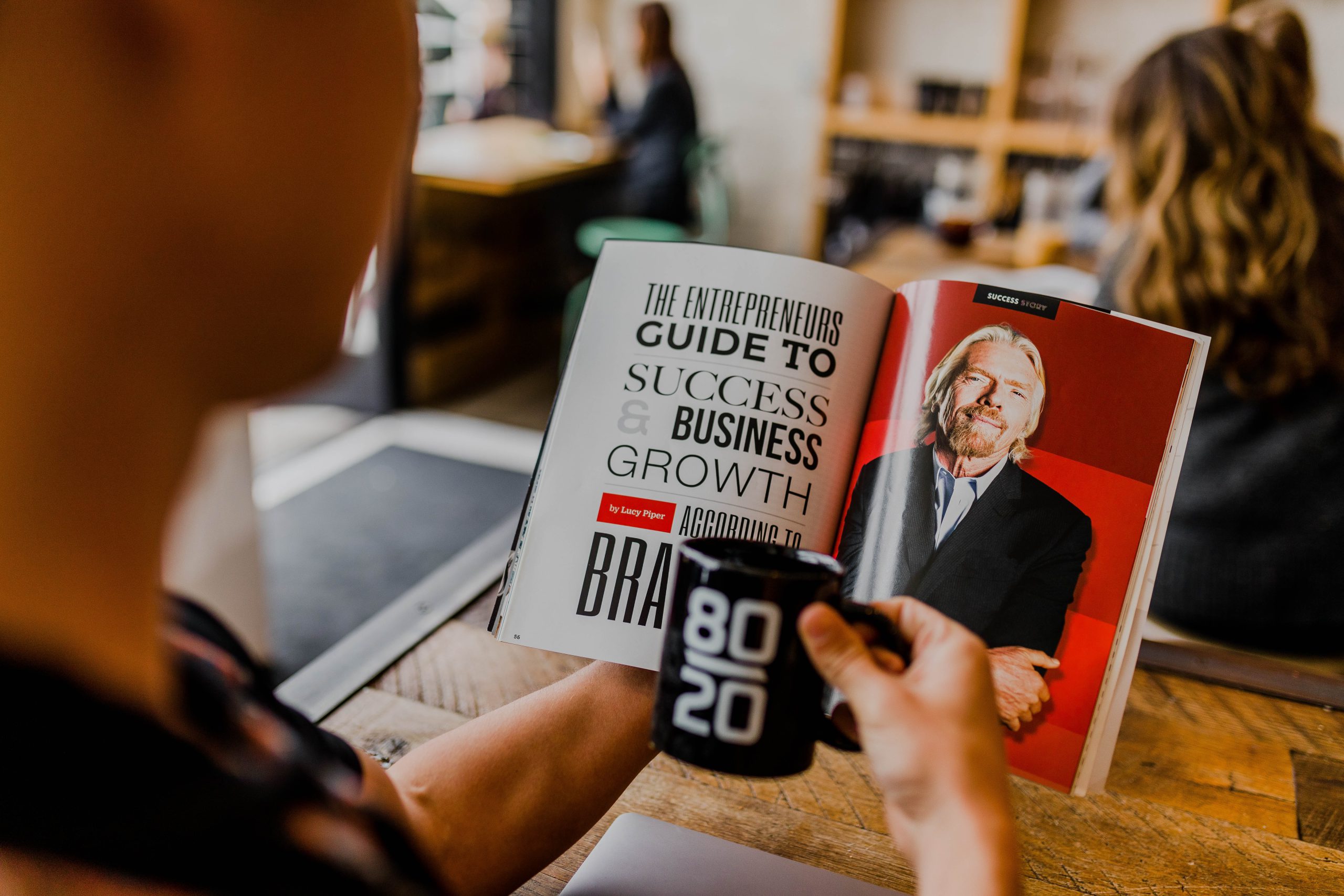What crosses your mind when you hear someone say he/she is in business development?
I’ll give you the benefit of the doubt, you probably think it is sales, no?
Maybe setting up a business with business plans and future projections?
Maybe just the act of hustling?
There’s one certain thing though, it is among the most important components in business
Marketing is a sales enablement strategy specializing in brand awareness and consumer targeting.


